Voters begin casting ballots in weeks-long election in India
India’s mammoth general elections have begun, marking the start of a seven-phase democratic exercise for the world’s largest democracy that will span over six weeks with a billion people eligible to vote.
The initial and most extensive phase of the election commenced Friday, which encompasses 166 million voters spread across 102 constituencies in 21 states and union territories, ranging from Tamil Nadu in the south to Arunachal Pradesh on the Himalayan border with China.
From the northern Himalayas to the southern Indian Ocean, from the eastern hills to the western deserts, and in sprawling urban centers that boast some of the world's largest cities to the tiniest rural villages, approximately 969 million individuals have the right to exercise their voting rights, making it the world’s largest polling event.
The voters will use 5.5 million Electronic Voting Machines (EVM) at 1.05 million polling stations, with some situated in the snow-covered Himalayan Mountains, the deserts of Rajasthan, and sparsely inhabited islands in the Indian Ocean.
These eligible voters will choose 543 representatives to serve in the Lok Sabha, the country’s lower house of parliament. Additionally, two members will be appointed, bringing the total number of seats in the house to 545.
The Election Commission of India (ECI) will assign approximately 15 million polling staff and security personnel to oversee the electoral process.
These individuals will traverse glaciers and deserts, utilize elephants and camels for transportation, and even utilize boats and helicopters to guarantee that every eligible voter is able to participate in the voting process.
Such hefty figures also make it the world’s most expensive election till date, while the spending by the political parties, amounting to more than $14.4billion, is said to be twice of what they spent during the 2019 elections, i.e., 600 billion rupees ($7.2 billion).
The country has more than 2,500 political parties but just 10 of them hold 86% of all seats in the Lok Sabha, the lower house of parliament.
Prime Minister Narendra Modi's ruling Bharatiya Janata Party (BJP) aims to secure a third consecutive triumph and a larger majority, further solidifying its dominance over India's political landscape, economy, and society.
Presently, his party commands slightly more than half of the seats in the Lok Sabha.
“Modi-ji is coming back again,” declared Sarita Singh, 48, a schoolteacher casting her ballot at a women’s college. “He is taking the country forward.”
According to Indian political experts, the secret behind Modi’s popularity is that throughout his tenure he along with his party members weaponized the Hindu religion as a means to gain the Hindu-majority support.
Modi and his party are also infamous for their anti-Muslim allegations, as he is renowned for being called an Islamophobe by Muslim activists in India.
The Indian National Congress and approximately twenty center-left opposition parties are challenging Modi, alleging that the BJP has greater financial resources and influence over the media and law enforcement agencies.
The Congress party, being the oldest political party in India, has been in power for a significant portion of the years following India's independence in 1947. However, its influence has faced challenges since Modi's rise to power.
The south-Asian country is home to more than 1.4 billion people, making it the world’s most populous country.
India's opposition parties have been under continuous assault by influential state agencies for the last decade, resulting in a significant decline in their strength.
The results of this election will be announced on June 4.
Venezuela slams US ‘theft, hijacking’ of second oil tanker
VIDEO | Flotilla crew members speak at London event
Israeli forces kill two young Palestinians in West Bank raids
NVIDIA expands presence in occupied Palestine despite Israeli genocide in Gaza
Fake cancer charity scam linked to Israeli man in Canada: BBC
VIDEO | Demonstrators take to Paris streets for Gaza, jailed Palestine Action hunger strikers
Media advocates call for release of pro-Palestine reporter in Jordan
VIDEO | Press TV's news headlines


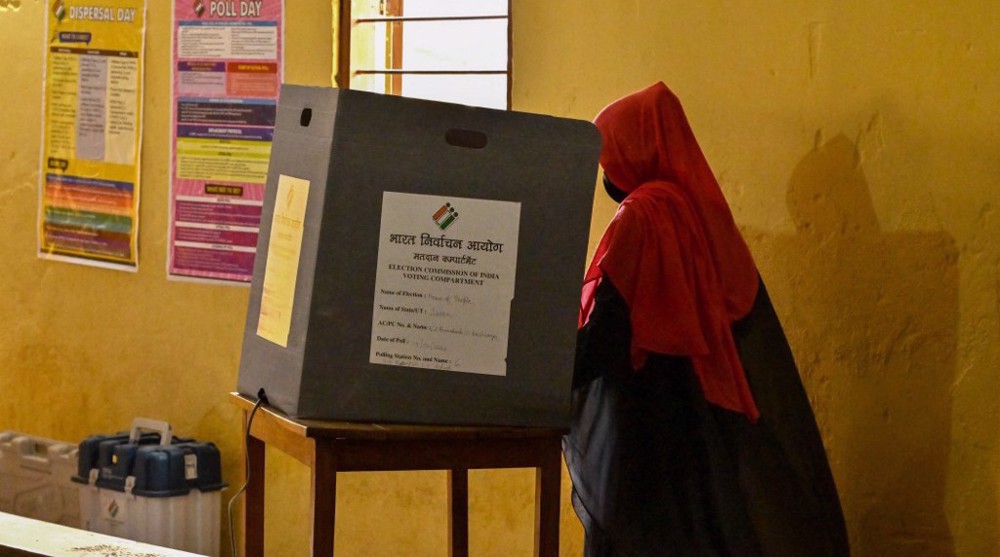
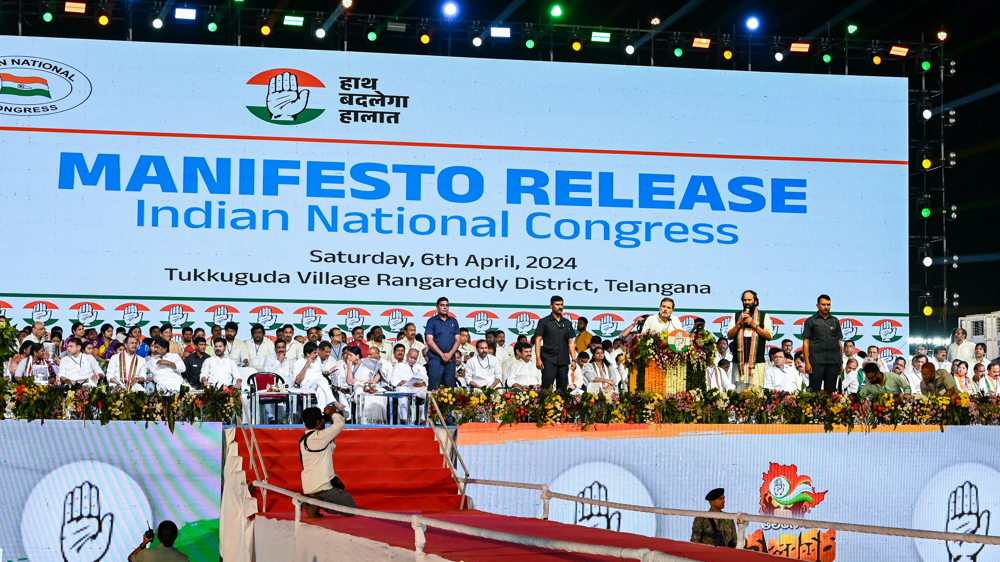
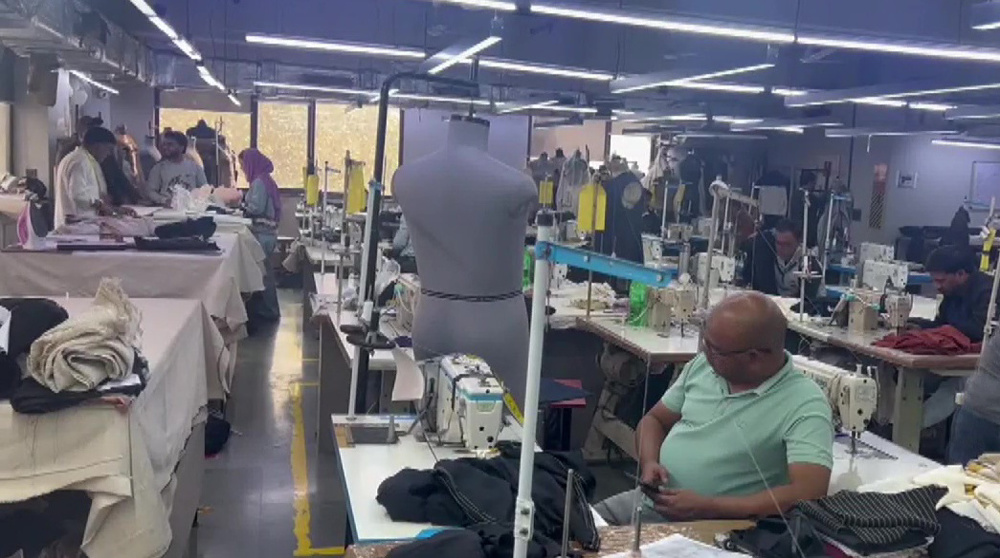
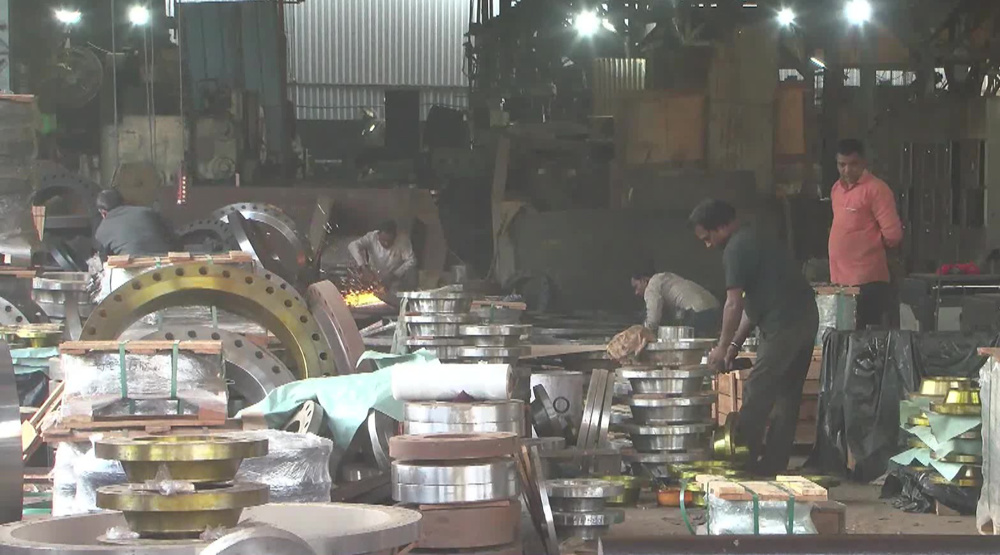




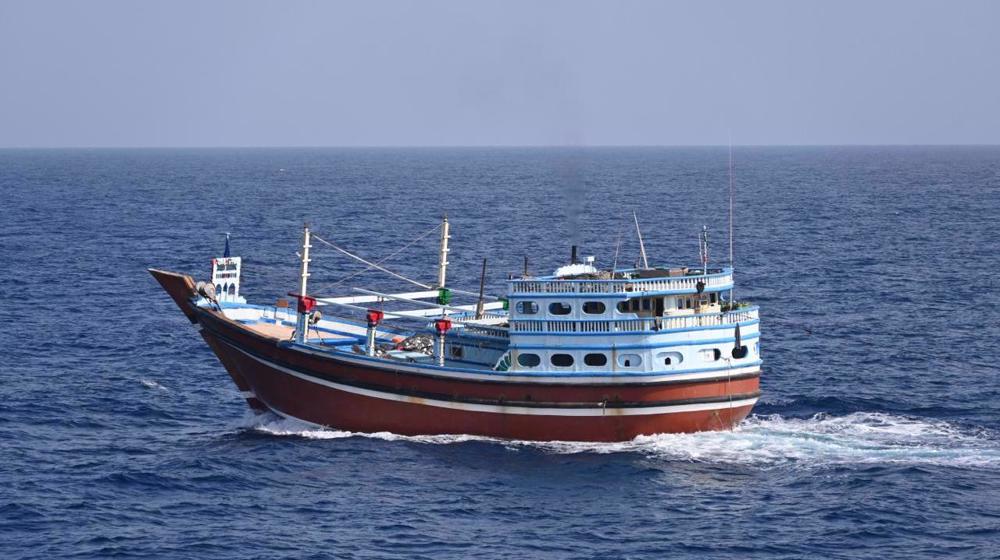

 This makes it easy to access the Press TV website
This makes it easy to access the Press TV website